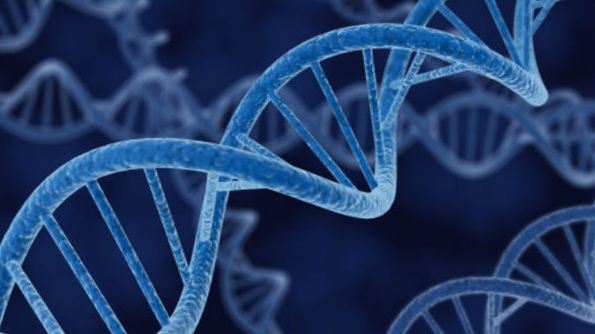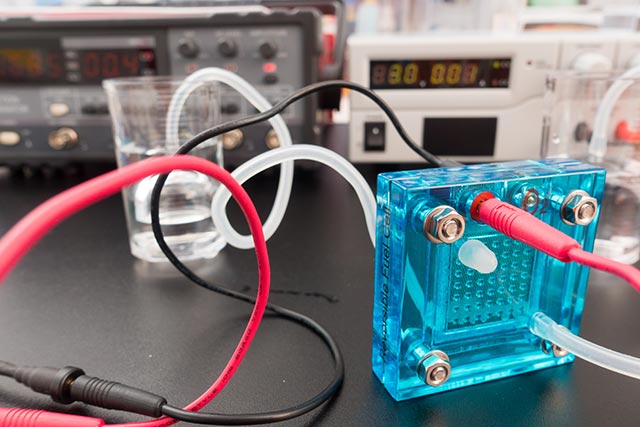Building on nature: Scientists improve on a plastic-digesting enzyme to stem plastic waste
08/17/2018 / By RJ Jhonson

Plastic products are a considerable part of modern civilization, but disposing of them is one of today’s greatest environmental problems. A research team at Rensselaer Polytechnic Institute reported, in a study published in the journal Biochemistry, how they found the means to improve a natural enzyme’s ability to decompose plastic, offering the possibility of limitless recycling.
In terms of garbage disposal, the biggest problem with plastic is its longevity. Plastic waste does not linger forever, but it can stay intact for hundreds of years. In fact, estimates suggest that plastic waste can take anywhere from 450 to 1,000 years to decompose, depending on its composition.
There are other waste materials with comparable decomposition rates. Aluminum, for instance, takes up to 200 years to break down. Glass is even worse. Estimates indicate that glass waste can take millions of years to decompose – some experts even say it never does. So why is plastic the problem and these two not so much?
The answer, of course, is that metal and glass products are recyclable, often infinitely. Glass is made of sand and, like metal, can be melted and eventually turned into other glass products. The same cannot be said of plastic.
With current technology, plastic is not recycled as much as it is down-cycled, that is, simply reused as other plastic products. Take, for example, polyethylene terephthalate (PET), the material used for clear water bottles and other materials. After being in the recycle bin, PET bottles may be cut up or reshaped into PET fibers or packaging products, among others. Before long, they end up in the ocean and lakes where they have a negative impact on marine ecology.
What is needed is a means to break down plastic to its most basic components, so that, like glass and metal, it can be recycled limitlessly. The researchers think their study has brought them closer to this goal.
Cutinases are enzymes that have shown the ability to break down PET. Leaf and branch compost cutinase (LCC) is notable because of its high PET hydrolysis activity and thermostability. However, it tends to lose this activity quickly, particularly at high temperatures.
For an enzyme to be considered suitable for industrial applications, it must be able to operate for a long enough amount of time at 75 degrees Celsius. At its normal state, LCC retains at least half of its activity for 40 minutes at 70 degrees Celsius.
The researchers discovered that the addition of glycans, sugar molecules, and the expression of the enzyme using the yeast strain Pichia pastoris, they could enhance LCC’s kinetic ability by as much as 60 times. They also improved its half-life to over 48 hours at 75 degrees Celsius. They hope to be able to enhance the effectiveness of the enzyme with further research or find other cutinases suitable for degrading other types of plastic.
“This cutinase is an excellent candidate for commercialization, but this work will also help us redesign other cutinases to break down other polymers, and that’s a much larger endgame,” said Richard Gross, lead author of the study and a professor at Rensselaer.
How long do waste products last?
Most waste products do decompose with time, but they do so at varying rates. While factors like their very environment can affect their rate of decomposition, their composition remains the most significant determiner. Here are some common waste products and how long it takes before they degrade:
- Apple core or banana peel – About one month
- Orange peel – Six months
- Wood or lumber – Up to 15 years
- Leather shoes – Up to 40 years
- Cotton fabric – About three months
- Wool – Up to five years
- Paper – Around six weeks
- Disposable diapers – Up to 500 years
- Sanitary pads – Up to 800 years
- Batteries – 100 years
- Styrofoam – Never
- Tinfoil – Never
Visit Ecology.news and learn how plastic waste affects the environment.
Sources include:
Tagged Under: breakthrough, Chemistry, cutinase, decomposition, discoveries, garbage, Leaf and branch compost cutinase, limitless recycling, pet, plastic waste, polyethylene terephthalate


















